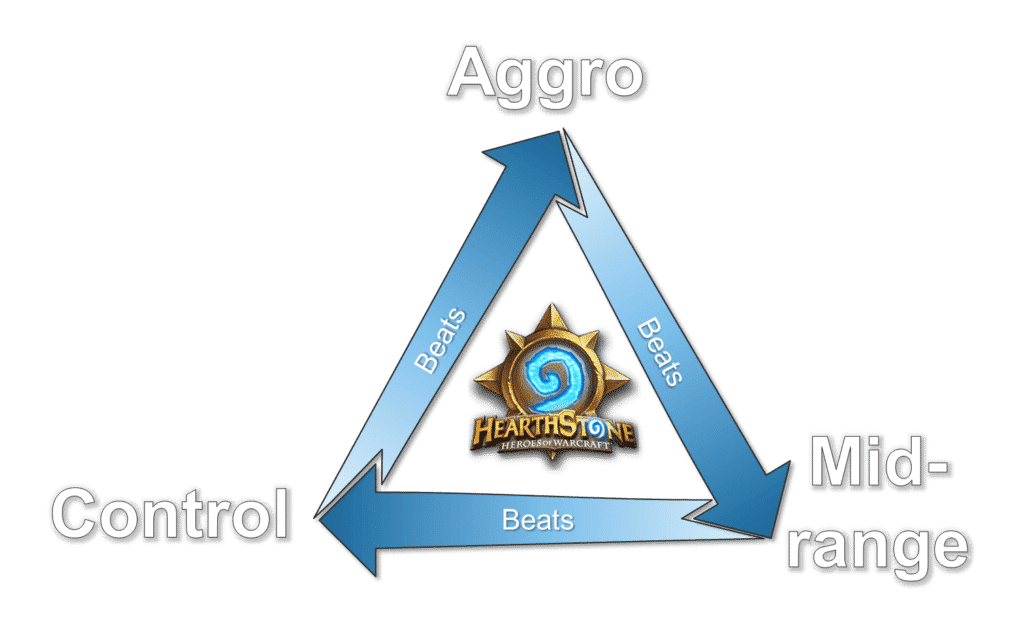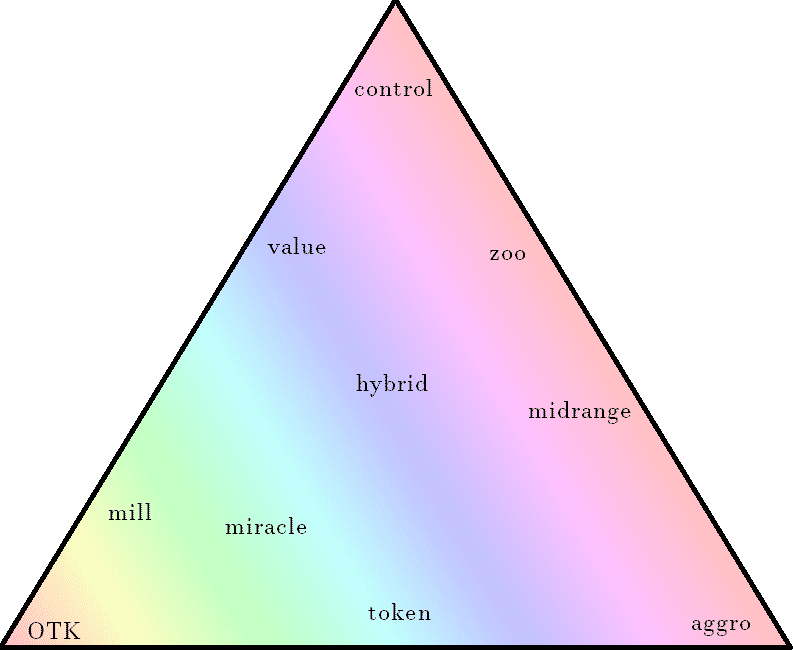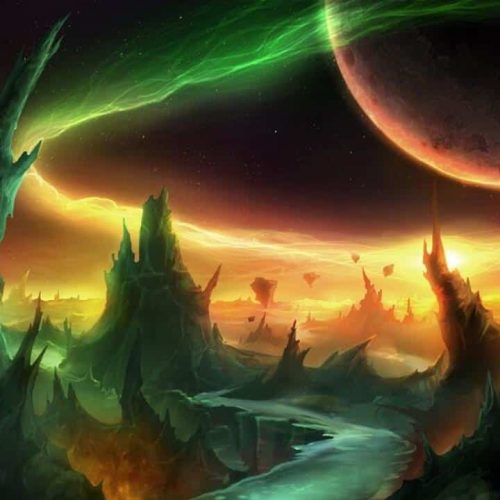- May 15, 2020
- By neon31
- In Articles, Guest Post
- No Comment
- 0
- Tagged: Evergreen
Learn the Basics of Hearthstone
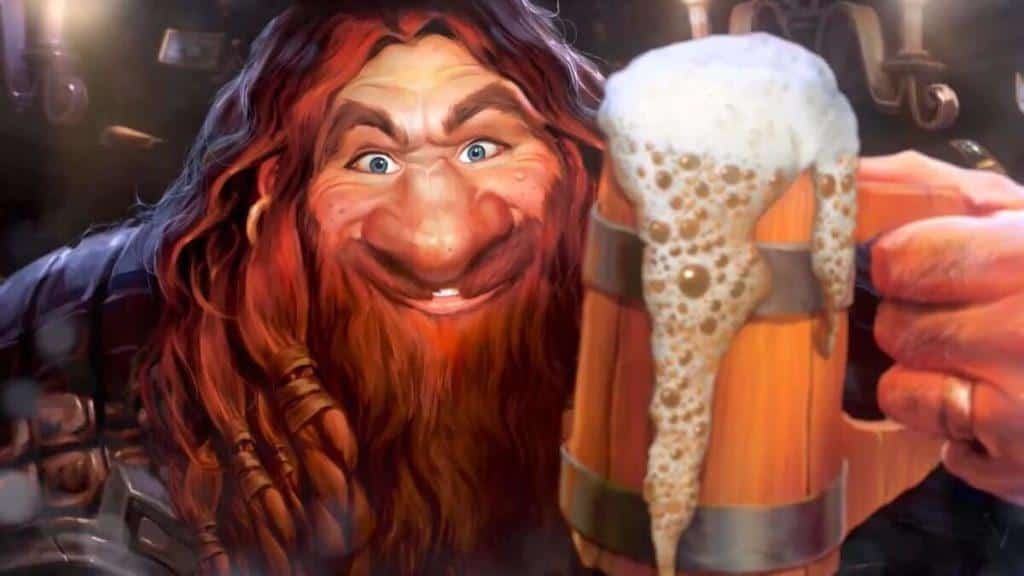
Ready for an adventure? Maybe you are new to Hearthstone and want to learn the basics of the game. Hearthstone is a great game to play – on this website we provide you with Decks to play, News, but also Guides or Articles like this.
Come in, and shut the door, it's cold out there!
To start from point 0, have you done the initial tutorial? Right, so let’s start building your deck (probably with free cards), first understand what each keyword does, simple, just read the meaning that the game has, now you need to combine the cards so that they match well, and it’s now that we have started the deck concepts.
In the beginning, you will not have many cards, so we recommend that you start from rank 50, which will give you some cards, and then go to the normal ranked (gold, silver …), which will also give you resources.
» Keywords
- Battlecry: A triggered effect which activates when the card is played from your hand.
- Choose One: Gives the controlling player the ability to choose between two or more effects stated in the card. Found only on druid cards.
- Combo: Triggers an effect when played from the hand if you already played another card this turn. Found only on rogue cards.
- Deathrattle: A triggered effect which activates when the minion dies. It is identified by a skull and crossbones that appears at the bottom of the minion’s portrait.
- Discover: Choose one card from three random class-appropriate cards.
- Divine Shield: Absorbs the first source of any damage, removing the shield.
- Freeze: Frozen characters lose their next attack.
- Lifesteal: Damage dealt by the card also restores Health to the controlling hero. It is identified by a broken purple heart that appears at the bottom of the minion’s portrait.
- Poisonous: Any minion damaged by a Poisonous minion is destroyed. A type of triggered effect, Poisonous is identified by a green bubbling flask at the bottom of the minion’s portrait.
- Outcast: Gains an effect if it’s the right-most or left-most card in your hand. Found only on demon hunter cards.
- Overload: You have {X} less mana next turn. This effect is activated when the card is played from the hand, and typically allows a powerful card to be played for a low mana cost this round, at the price of reduced mana next turn. Found only on shaman cards.
- Rush: Enables the minion to attack enemy minions on the same turn that it is summoned.
- Secret: A type of spell card that remains hidden until its trigger condition occurs, revealing it and triggering its effect. Most Secrets can only be activated during the opponent’s turn, but some exceptions activate at the start of the player’s next turn. Only one of any given Secret can be in play for a given player at a time.
- Silence: Removes all card text, enchantments, and abilities from the target minion, except for auras provided by external cards in play. Silence does not prevent enchantments and abilities from being applied to said minion afterwards, however.
- Stealth: Minions with Stealth may not be the target of enemy attacks, spells or abilities until they attack or deal damage. Once they attack or deal damage, Stealth is removed. Minions with Stealth can still be affected by AoE spells such as Consecration, and randomly targeted spells such as Arcane Missiles.
- Spell Damage: Increases the output of your damaging spells by {X}. Spell Damage is indicated by blue and purple sparkles rising from the card.
- Taunt: Enemies must attack minions with Taunt before any non-Taunt characters. This includes minions and hero attacks. Taunt is illustrated by a large shield-like border.
- Windfury: Can attack twice each turn. Windfury is indicated by multiple wind-like lines around the card.
Deck Types
Let’s start with very basic concepts of each archetype, later we will go into each archetype deeply.
- Aggro: This is the deck style that focuses on killing your opponent fast, with its mana curve based on 1, 2, and 3 mana, and is the most appropriate style for beginners, as decks are generally inexpensive. Aggro decks are based on leaving your opponent on the clock [time/turns needed for your opponent to die], Example: As a Hunter, you leave your opponent on the clock of the time you need to killing him. He has 4 life, and I have 2 turns to the lethal with Hero Power
- In Theory, Aggro wins vs Midrange and losses vs Control
- Midrange: Mid decks have their powerful turns between 4, 5 and 6 mana, they are generally aggressive and based on always having control of the board, using Deathrattles or interactions of this type, that can keep minion on the board, they are mostly cheap, but not as much as aggro.
- In Theory, Midrange wins vs Control and losses vs Aggro
- Control Decks: Control decks are decks that have strong shifts at the end of the game, with large minions, many removal spells, have the idea of surviving aggro decks and disputing resources with other control decks, this type of deck is considered expensive, and not very suitable for beginners
- In Theory, Control wins vs Aggro and losses vs Midrange
- There are a lot more deck archtypes, for example Hybrid which is a mix of different Deck Types
Cheap Decks
A beginner’s biggest difficulty is making a low-cost deck, so we recommend mid/aggro decks. First, you should think about having a good mana curve, and try to get cheap interactions, like beasts with the hunter, with common good beasts, and basic hunter cards (like animal companion and houndmaster), this is an example of a good curve with free cards, classes like Hunter are great for you to understand the concepts of the game.
You can start by creating a deck for each type of minion, a mech deck, with mech and cards that interact with mech. You can also take advantage of specific situations, like the Demon Hunter launch, which gives you a great deck.
Later you start browsing our website for good decks. I want to feature 2 cheap decks that got played on Legend, the highest possible rank in Hearthstone.
- Face Hunter is a good deck to learn when you should deal damage and when to play for the board
- Zoo Warlock is a good Deck to learn when to trade and when to go face
How to use Deck codes
- Copy the code
- Open Hearthstone Collection
- Create a new deck, you will be asked “Do you want to create a deck from the clipboard”

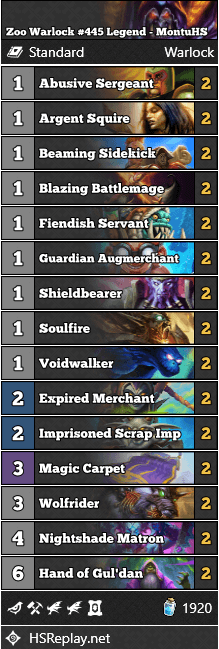
Buildung up a collection
Unfortunately, Hearthstone is not a game in which resources come with speed, it takes a while for those players who don’t spend money to have a good collection. The easiest ways to get resources is to raise your ranks, now each new rank grants you card/packs, this is something that didn’t exist in old hearthstone days, completing missions is essential, but if there’s something that will really give you a lot of resources, it’s the arena, although it’s a little played mode it’s the one that will give you more resources the more you play.
In the future of this year, there will be another arena-based game mode, keep that in mind.
How do I play...? Matchups & Gameplans
Before explaining how each archetype works in-depth, I want to teach you the basics of a game plan. When entering a game, you must know which cards to keep, and how you will win that game. To do this you must have a knowledge of each class, and the Meta, if you face a Demon Hunter, you must know that he is one of the most aggressive classes in the game, Priest, on the other hand, is a defensive class.
» Are you the Aggro Deck?
Every game will have a more aggressive deck than another, it’s up to you to identify which deck is the aggressor, I’ll give you an example: Highlander Hunter is the aggressor against Resurrect Priest, however, Highlander Hunter is the defensive deck against Aggro Demon Hunter.
As you play more, the more you understand and feel prepared in that aspect of the game, other specific situations influence your game plan, such as focusing on minions with 4 attack against a priest, or creating a board-wide against rogue, because it is generally difficult for the class to deal with.
You might also be interested in...
Submit your Top 500 Legend Build, be seen by thousands of people!
Check out the Bazaar "the first free to play Hero-Builder for PC and Mac" Beginner's Guide! https://bazaar-builds.net/the-ultimate-beginners-guide-to-the-bazaar-tips-strategies-and-more/


